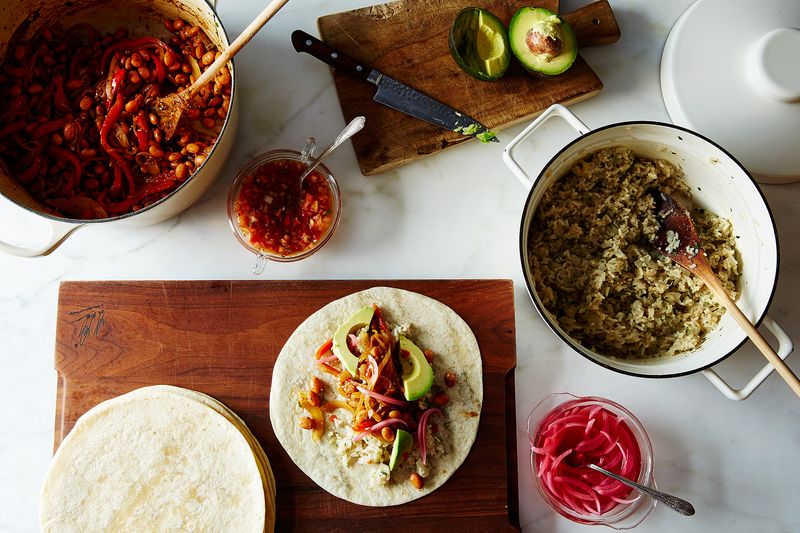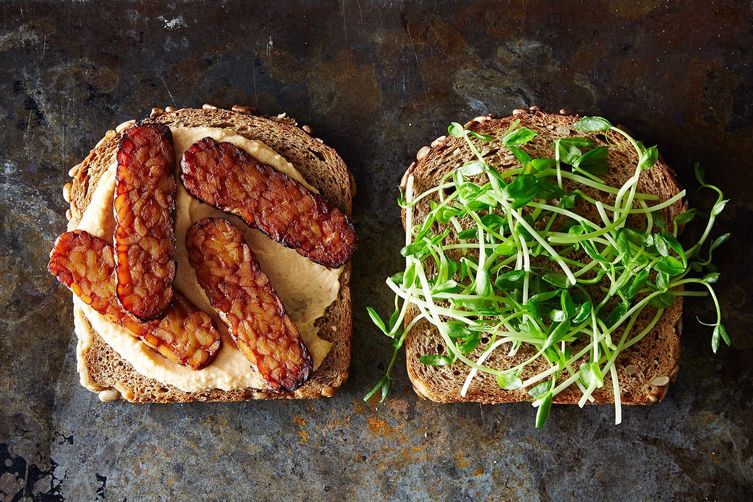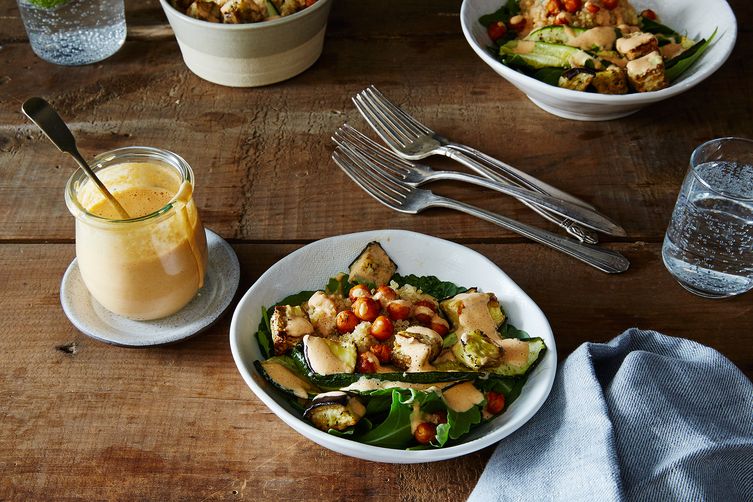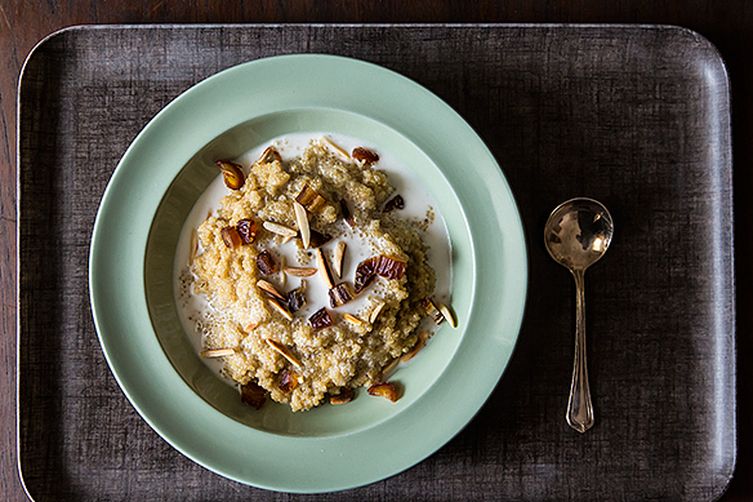
Most of us grew up with the standard protein/starch/vegetable trio on our plates.
And most of the time—unless your mom or dad was a vegetarian—that protein was of the animal variety. It’s not too outrageous to wonder what vegans do instead.

The fact of the matter is that yes, it’s relatively easy to get the protein you need if you’re eating a well-rounded, calorically adequate plant-based diet. And no, protein deficiency isn’t common in the Western world.
That said, it’s plenty easy to skimp on protein—not enough to court a deficiency, per se, but enough to leave you feeling dissatisfied or hungry after mealtimes. New vegans who don’t give any thought to protein at all (or dismiss thinking about protein as unnecessary) might find themselves doing what I did in my very early days, which was to be a pasta-tarian and salad-tarian—nary a bean in sight.

Oftentimes the temptation as a vegan is to try to replicate that classic protein/starch/vegetable template with the substitution of tofu or tempeh in place of chicken, fish, meat, or foul. That’s fine, because tofu and tempeh are awesome, but it can be limited in terms of creativity.The world of vegan protein stretches far beyond tofu and tempeh, and it’s a wise idea, both nutritionally and culinarily, to sample different combinations of protein sources. Being vegan has taught me to regard a high protein meal as something integrated and complex (a split pea stew, for instance, or a hearty grain salad of quinoa, legumes, and seeds), rather than looking for a single block of concentrated protein on my plate.
Here are some surprisingly protein-rich vegan ingredients, all of which can be paired together effortlessly to create protein dense meals:
- Quinoa, 1 cup, cooked: 8 grams
- Buckwheat, 1 cup, cooked: 5 grams
- Oat bran, 1 cup, cooked: 7 grams
- Rolled oats, 1/2 cup, cooked or raw: 5 grams
- Sprouted grain bread, 2 slices: 8 grams
- Tempeh, 3 ounces: 17 grams
- Tofu, 4 ounces: 12 grams
- Edamame, 1/2 cup, shelled and steamed: 9 grams
- Almonds, 1 ounce (about 1/4 cup), raw: 6 grams
- Peanut butter, 2 tablespoons: 7 grams
- Hemp hearts (shelled hemp seeds), 3 tablespoons: 10 grams
- Nutritional yeast, 2 tablespoons: 8 grams
- Lentils, 1/2 cup, cooked: 9 grams
- Chickpeas, 1/2 cup, cooked: 7 grams
- Black beans, 1/2 cup, cooked: 8 grams
- Seitan (wheat protein), 1/3 cup, cooked: 21 grams
- Broccoli, 1 cup, steamed: 3 grams
- Kale, 1 cup, steamed: 3 grams
- Collard greens, 1 cup, steamed: 5 grams
- Hummus, 1/4 cup: 5 grams

Combining these foods makes it easy to create meals that are plenty high in protein, not to mention delicious and wholesome. One of my favorite winter breakfasts is a warm porridge of quinoa, almond milk, and shelled hemp seeds, served with fresh or stewed fruit. It’s a delight to eat, and it contains about 15 grams of protein—which is actually more than two eggs.






Комментариев нет:
Отправить комментарий